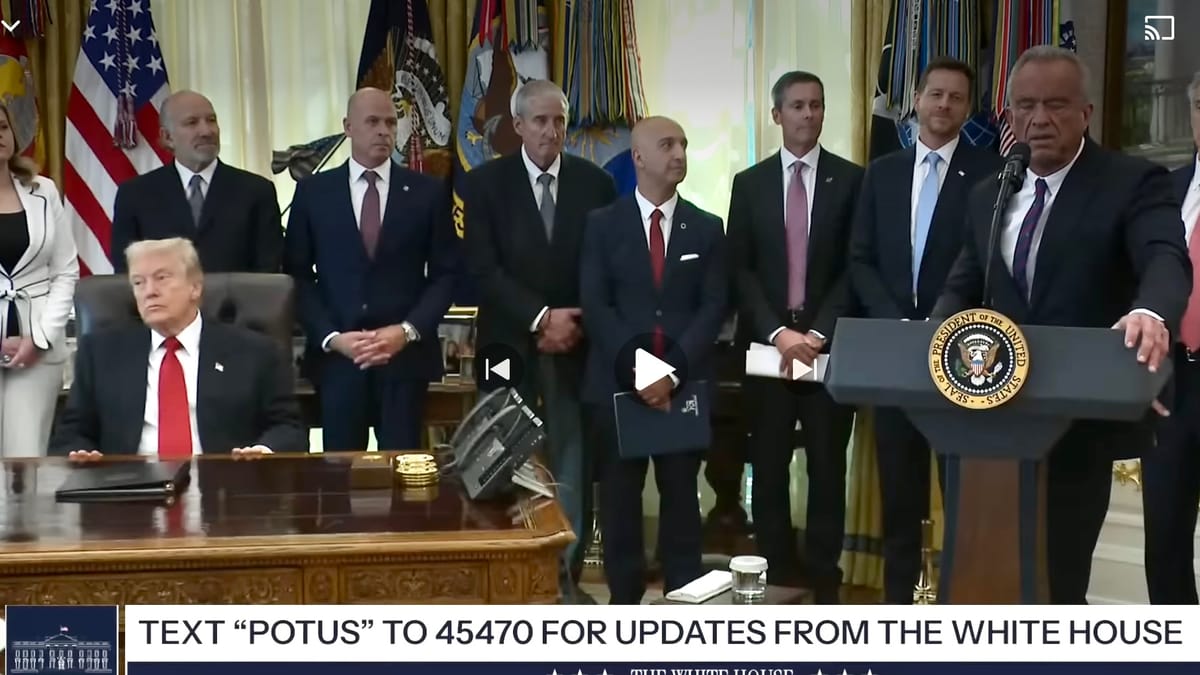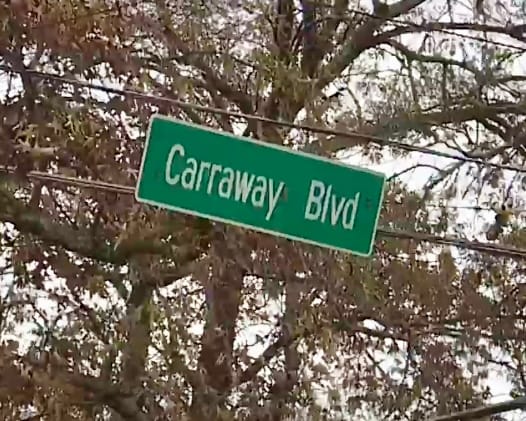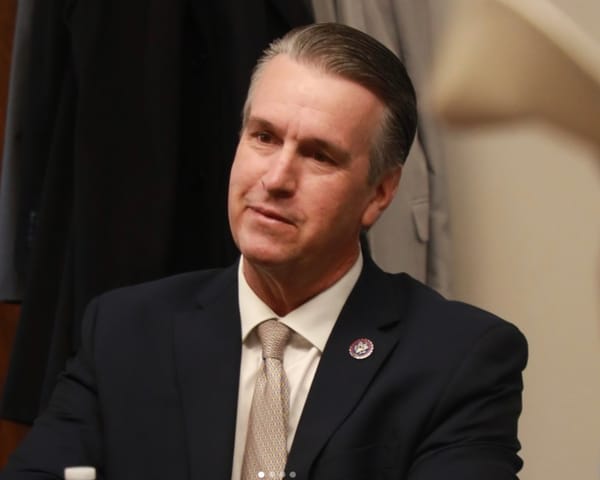White House Announces Major Deal to Cut Weight-Loss Drug Prices
Deal follows earlier “most favored nation” agreements with pharmaceutical companies to align U.S. drug prices with what other nations pay

The White House announced Thursday that it has struck a deal with pharmaceutical giants Eli Lilly and Company and Novo Nordisk A/S to lower the price of their GLP-1 drugs, which are used to treat obesity, diabetes and other metabolic conditions.
Under the agreement, patients who go through the Trump administration’s marketplace program—called “TrumpRx”—will pay about $350 per month for an injectable GLP-1 drug. Over time, the plan is to reduce that price to around $250 for those paying out of pocket without insurance. Meanwhile, once oral versions of these drugs receive approval, their starting price will be set at $150 for initial doses.
Health Secretary Robert F. Kennedy Jr. called this deal “the biggest drug in our country … the most important of all the MFN [Most Favored Nation] announcements we’ve made.” He added: “This is going to have the biggest impact on the American people.”
At the same time, the deal broadens access to Medicare coverage. According to the announcement, for the first time patients on Medicare who are “severely obese,” defined as having a body-mass index over 35, will qualify for these medications under the program with a co-pay of about $50. States participating in Medicaid coverage will have decisions to make on pricing and timing.
In their own statements, the companies affirmed the deal’s impact. Eli Lilly Chair & CEO David A. Ricks said:
“Today marks a pivotal moment in U.S. health care policy and a defining milestone for Lilly … We remain focused on improving outcomes, strengthening the U.S. health care system, and contributing to the health of our nation for generations to come.”
Novo Nordisk President & CEO Mike Doustdar said in a separate statement:
“Unlike any other medicine in the GLP-1 class today … semaglutide is the only molecule whose respective FDA indications span obesity, type 2 diabetes, liver disease, kidney disease and cardiovascular risk … Today’s announcement will bring semaglutide medicines to more American patients at a lower cost.”
The pricing changes are significant. The fact sheet says that the monthly cost of Novo’s injectable drugs — including Wegovy and Ozempic — will fall from about $1,000 and $1,350 respectively to $350 under TrumpRx. Meanwhile, Eli Lilly’s weight-loss pill still in the pipeline, Orforglipron, will be priced at around $346 on the platform.
This deal follows earlier “most favored nation” agreements with pharmaceutical companies that aim to align U.S. drug prices with what other nations pay.
For people across the country, this means more accessible treatment options for serious health conditions—a shift many say is long overdue.
"Until now, neither of these two popular drugs have been covered by Medicare for weight loss and they've only rarely been covered by Medicaid," President Trump said. "They've often cost consumers more than $1,000 per month and some a lot more than that. Americans have been spending as much as 520% for Zepbound and 1,400% more for Wegovy than patients in Europe."
For Alabama, the new national deal to lower GLP-1 drug prices could have major implications for patients, providers, and the State’s Medicaid system. The agreement, announced by the White House, sets a framework that would allow Medicare patients with severe obesity to pay about $50 a month for these medications, while uninsured or cash-pay users could see their monthly costs fall to roughly $250. Alabama, which already provides limited Medicaid coverage for certain GLP-1 drugs, stands to benefit significantly if it adopts the federal pricing model.
According to the Alabama Medicaid Agency, the State currently covers Wegovy for obesity treatment and several GLP-1 drugs for diabetes management, including Ozempic, Mounjaro, and Rybelsus. However, it does not yet cover other obesity-indicated medications such as Zepbound or Saxenda. In recent years, Alabama’s Medicaid spending on GLP-1 medications has more than doubled—rising by about 107% to more than $43 million in the latest fiscal year, according to state data and reporting from the Opelika Observer. With the new deal in place, the lower federal pricing could ease pressure on Alabama’s Medicaid budget while expanding treatment access to more residents struggling with obesity and related chronic conditions.
The policy change could be particularly important in Alabama, where obesity rates are among the highest in the nation. Expanded coverage and lower prices may lead to greater use of GLP-1 therapies across both Medicare and Medicaid populations. Health care providers in the state are likely to see an uptick in demand, especially in clinics serving rural and low-income areas where obesity and diabetes rates are highest. Physicians will need to guide patients through eligibility requirements, such as body-mass index thresholds and comorbid conditions, and navigate updates to the State’s Medicaid formulary once new pricing takes effect.
State officials will still face choices on how to implement the changes, including whether to broaden the list of approved GLP-1 drugs or apply utilization controls like prior authorization and weight-loss counseling requirements. The Alabama Medicaid program could decide to follow the federal model fully or make adjustments based on its own cost and public health priorities. Implementation of the new pricing is expected to begin in mid-2026, though the exact timeline will depend on federal guidance and State readiness.
Overall, the White House agreement represents a turning point for Alabama’s approach to treating obesity and diabetes. For patients, it means life-changing medications could soon become affordable. For the State, it offers a chance to balance costs while addressing one of its most persistent health challenges.
The White House press conference may be seen on YouTube and below:




